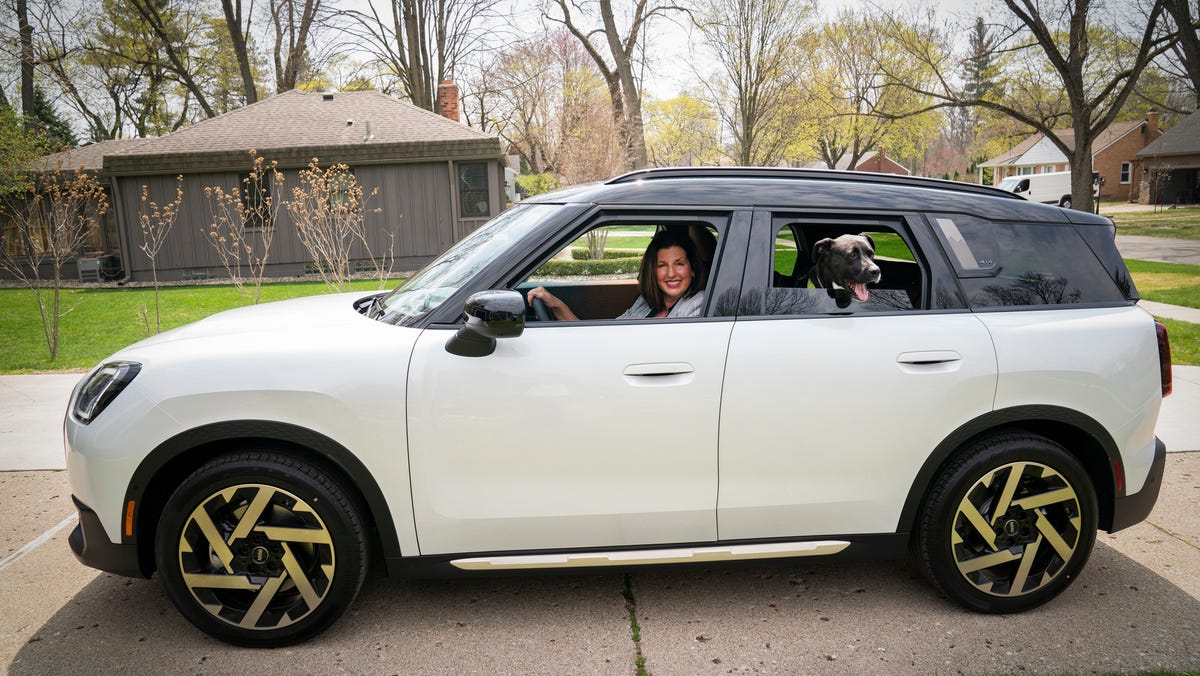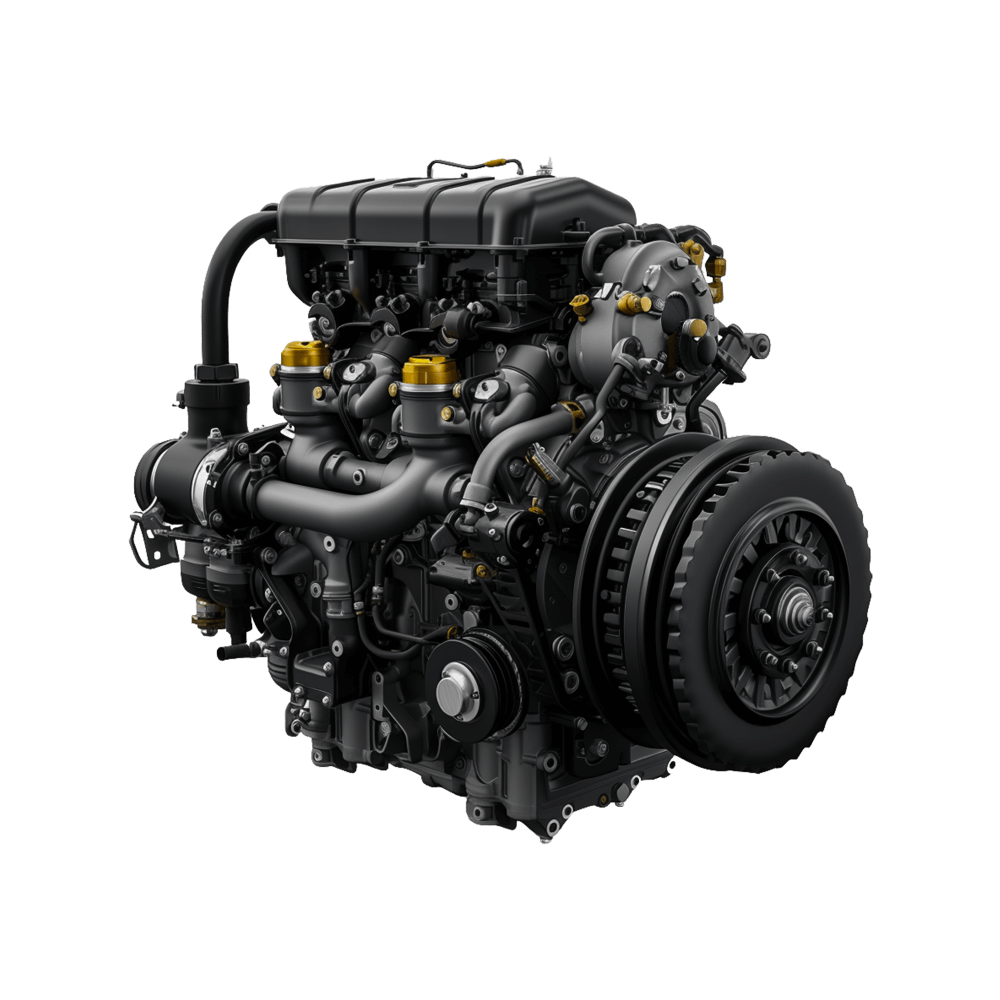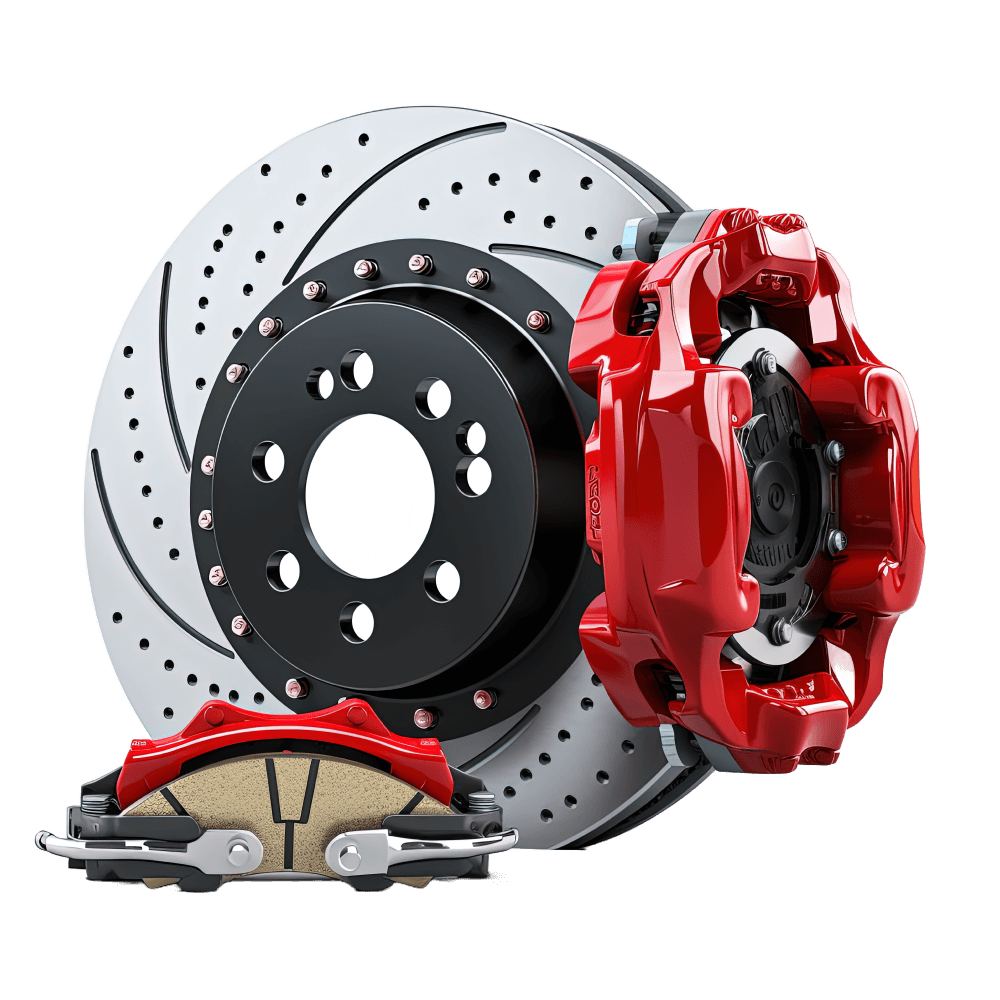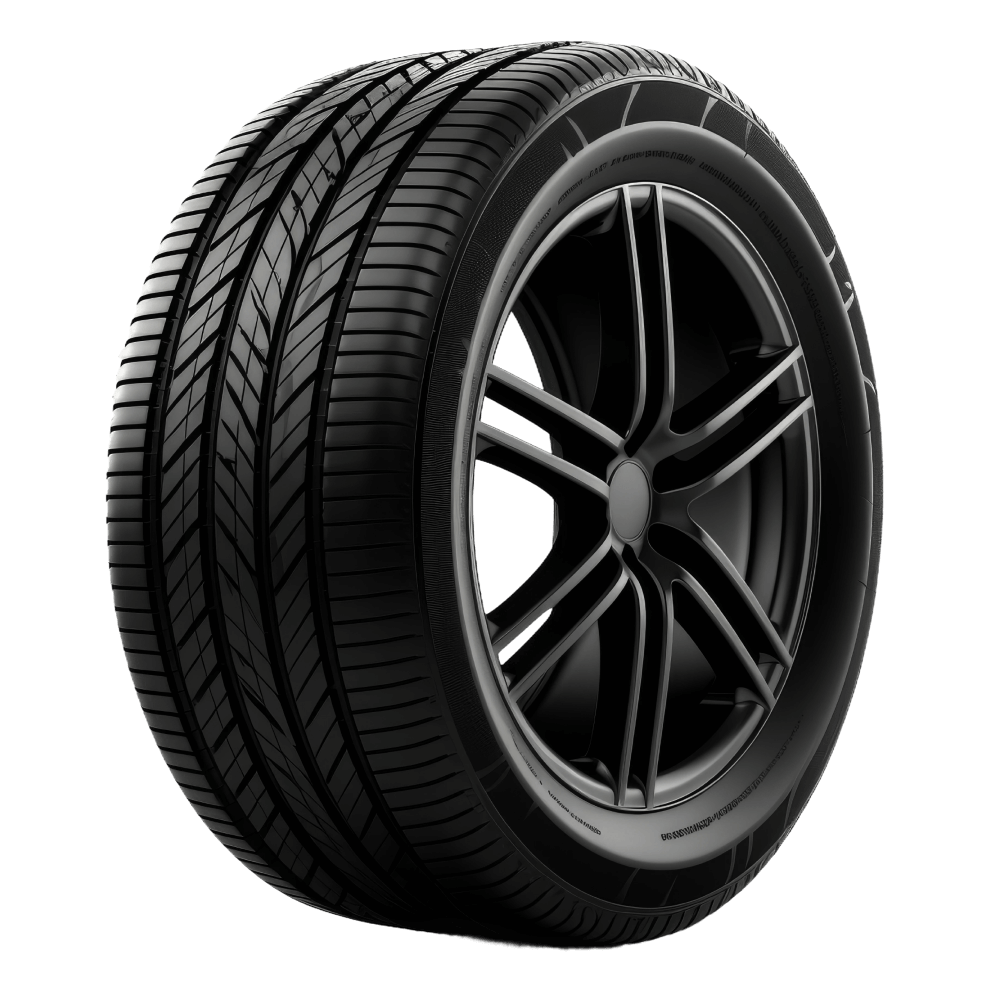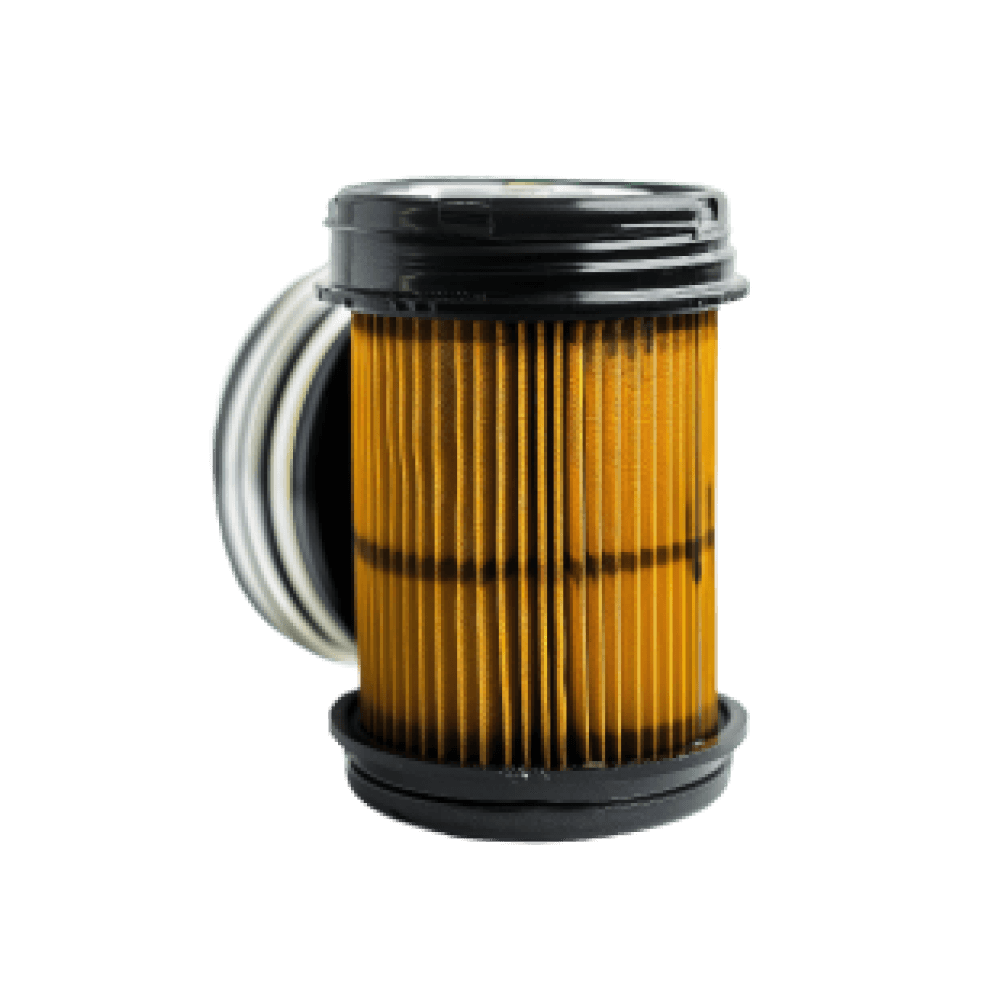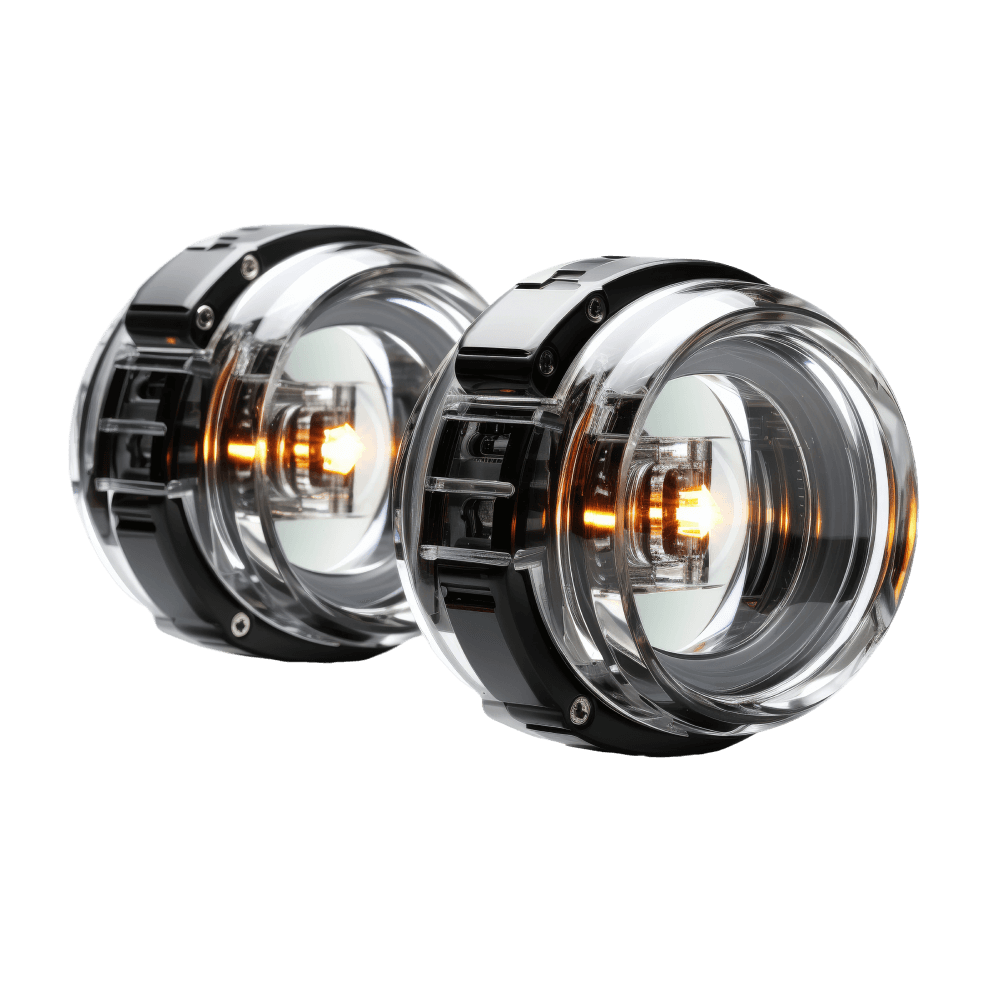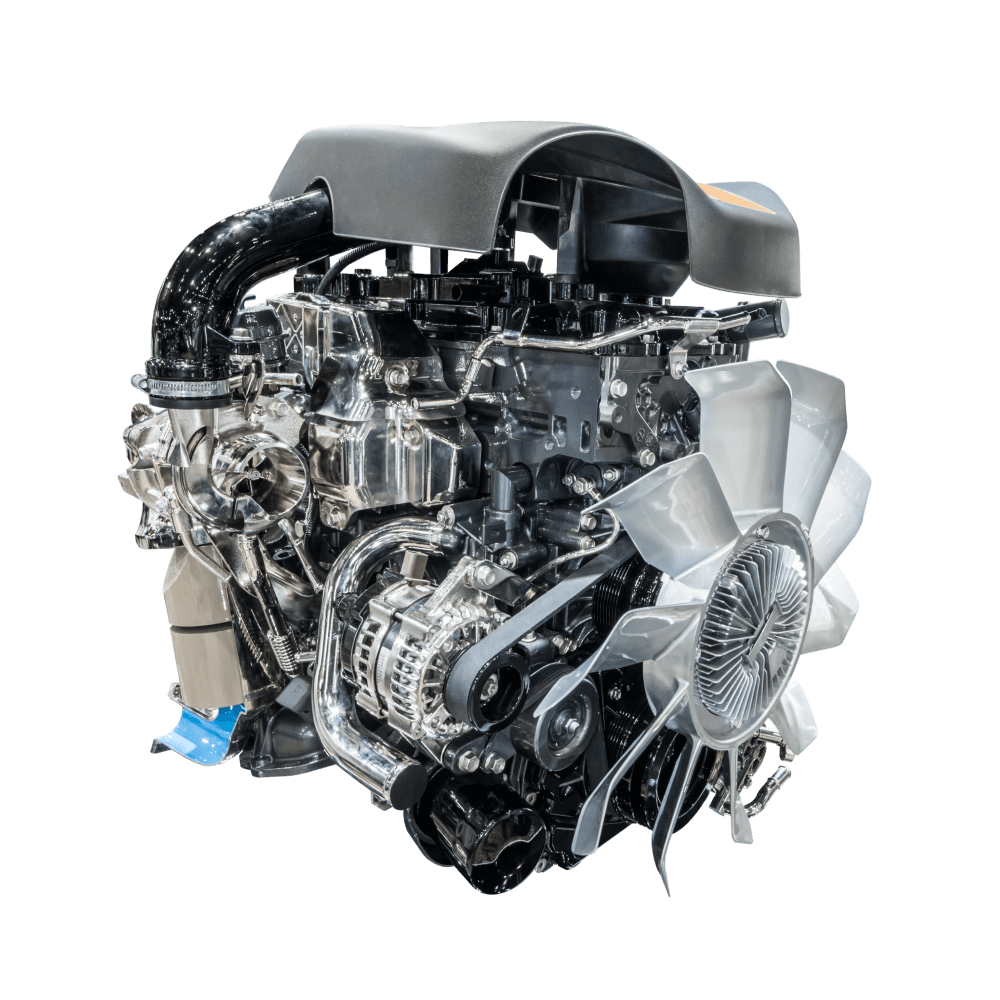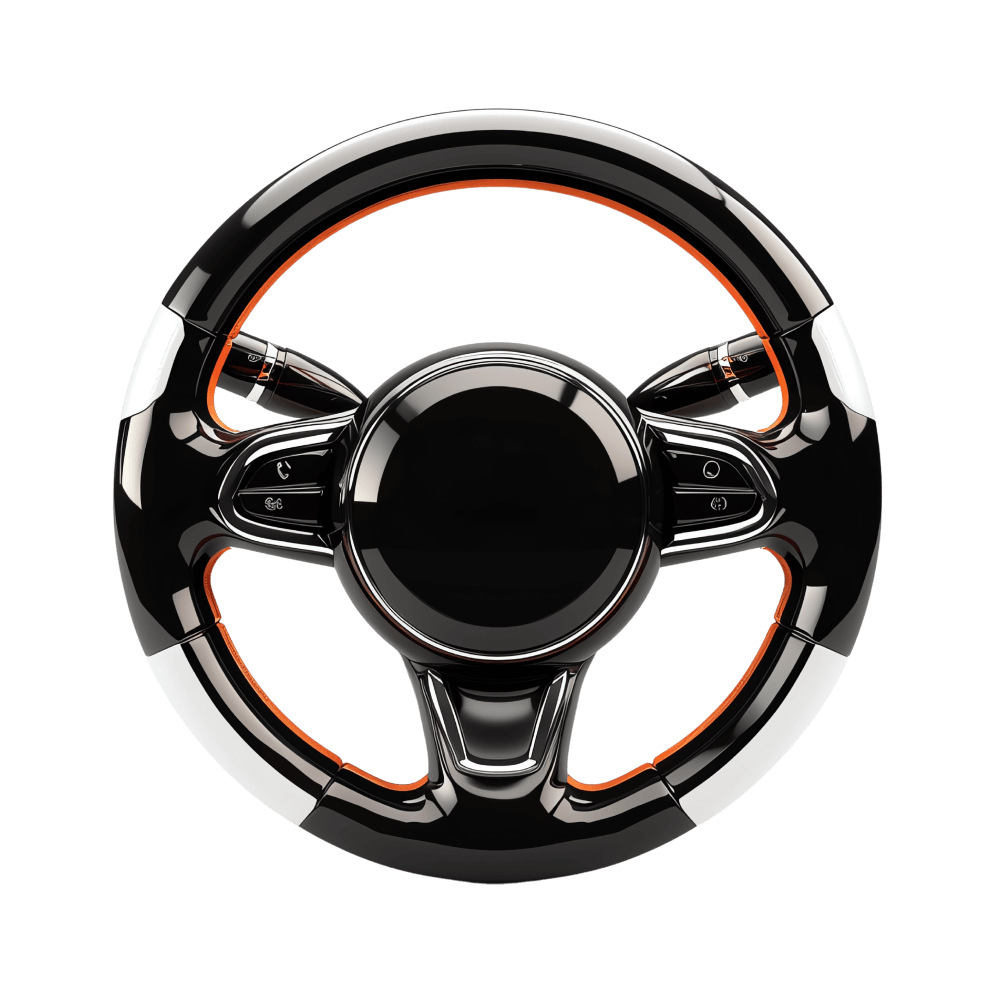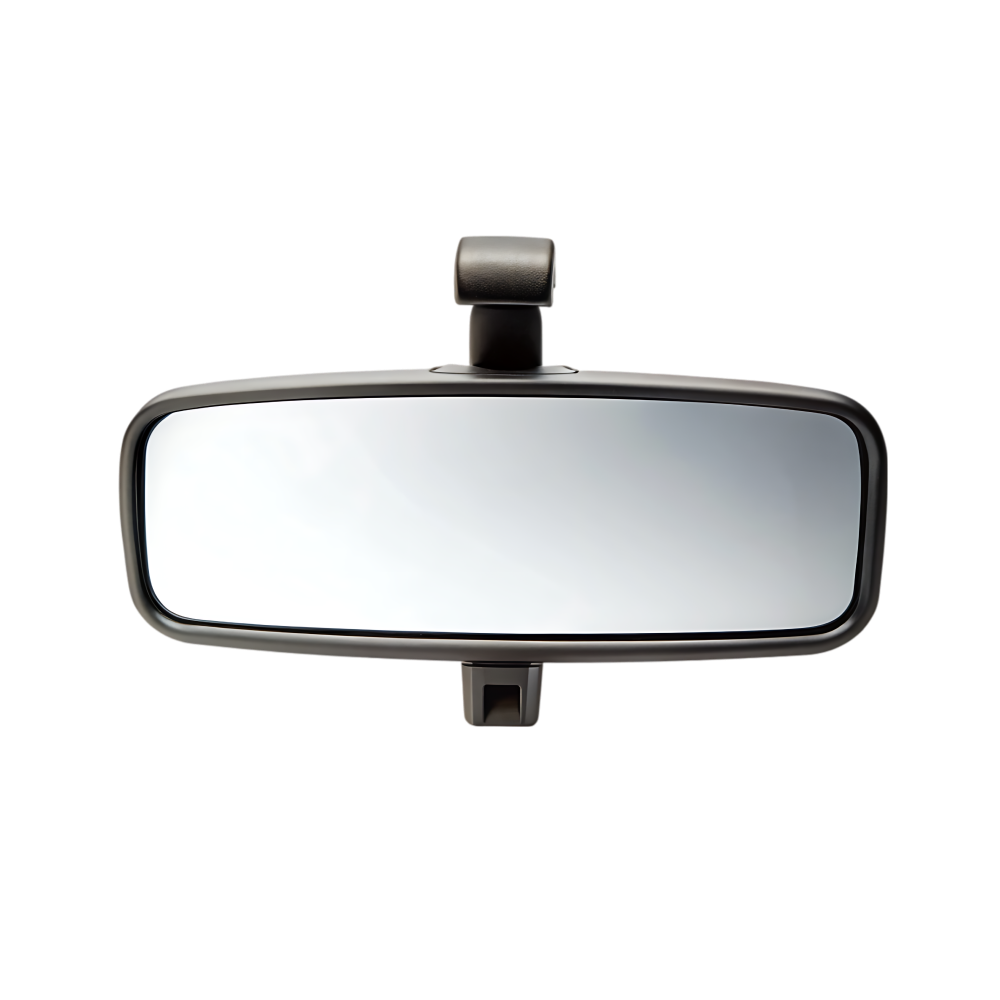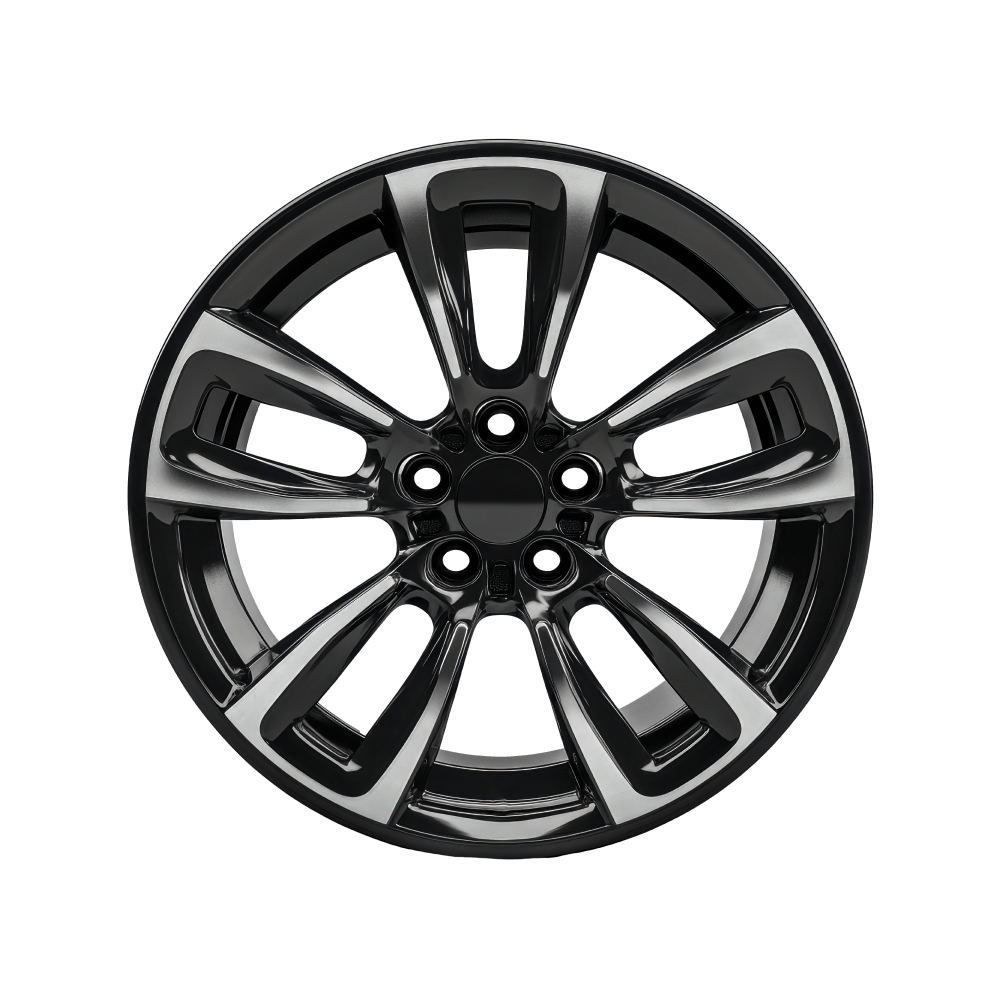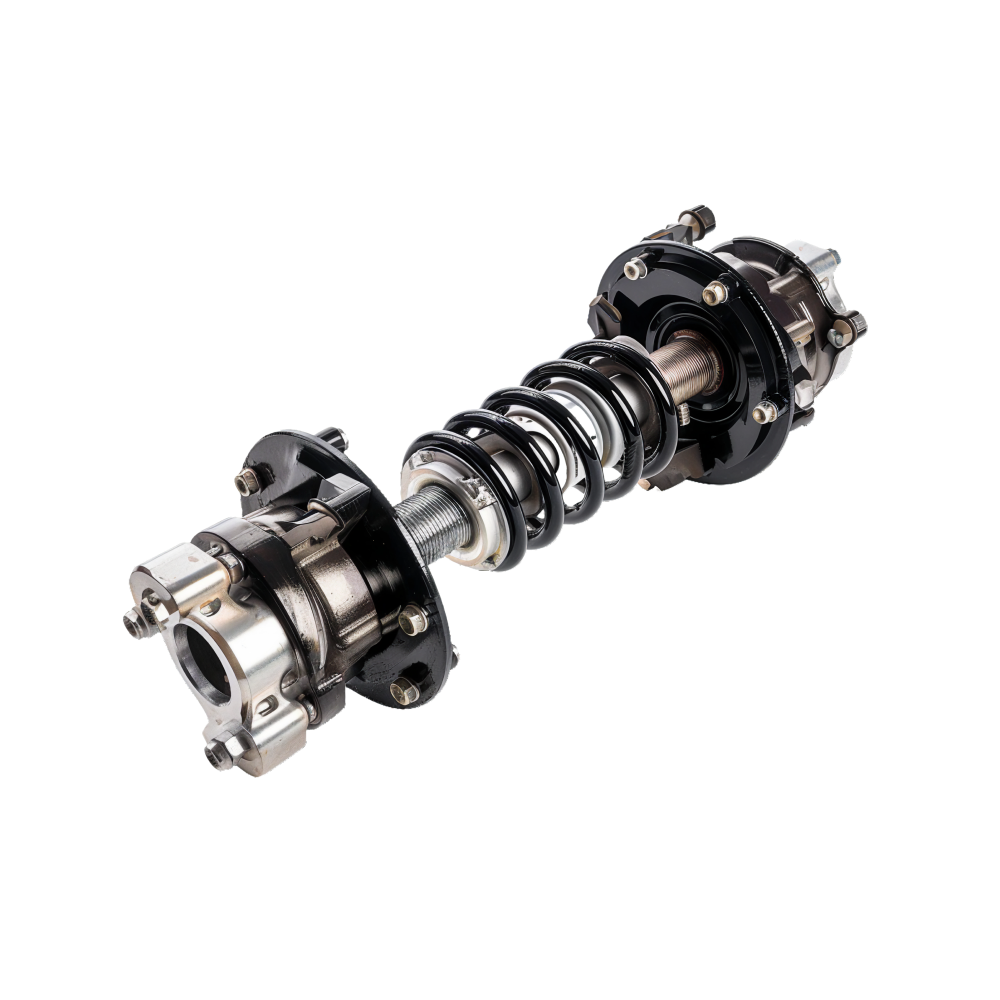At the Paris Auto Show many years ago, I met a fellow auto scribe from Quebec. As I spoke with him using what little French I remembered from high school, we became fast friends and he made an observation: “You are fleur bleue.”
I smiled and graciously said, “Merci.” I looked it up later. It is a French idiom that translates to “blue flower,” and it means a person who is sentimental and overly romantic. It is also a variety of potato, but I assume he meant it as the former.
Last week, my fleur bleue nature was in overdrive as I considered buying a new car.
I had every practical reason to not buy one. I had recently written an article about which cars consumers can get deals on at pre-tariff prices, and the vehicle I was eyeing was not on the list. Also, I owned my 2020 Mini Cooper Clubman with no payment, and it had a mere 33,897 miles on it. My cousin’s husband had detailed it just five months ago. It was beautiful and drove wonderfully.
Finally, I was concerned about the economy as we teeter on the edge of chaos. Do I really want a car payment?
Then there was my fleur bleue personality that resisted the idea of letting go of my car: All the memories tied it. I felt an unbearable sense of betrayal to this little car that had carried me safely home from St. Joseph, Michigan, during a terrible snowstorm last fall. It had cradled my dog, Jessie, in the backseat on her final car ride to the vet a couple years ago and it took me to the hospital to hold my mom when she died last summer. There were happy times too: I brought home my beloved German Shepherd dog, Scarlett, from the Friends for Animals of Metro Detroit shelter in this car one year ago.
But when I sat inside the new 2025 Mini Countryman and the seat started massaging my back — well, to hell with fleur bleue! Spoiler alert: A sparkly new pearl-white Countryman with retro tan interior (and those massage seats) sits in my garage as I write this.
Do I love it? I’m not sure yet: See above paragraphs. A tinge of buyer’s remorse lingers in between the excitement of driving something new. But I had my reasons (beyond massage seats) for buying it and if you’re considering a new vehicle, here’s how I made the decision.
It all started with a phone call from my Mini dealership saying they need pre-owned vehicles and wanted to make me an offer on my 2020 Clubman. Curiosity got the best of me. I ran my car’s value on Kelley Blue Book, CarMax and Carvana. I could get at least $17,000 or more for the Clubman.
I remember the day I got that Clubman: July 23, 2020. It was during COVID when I test drove it, a demo model that I’d seen on sale on the dealership’s website. It was a cream color called Pepper White. It had a black interior and a few hundred miles on it. I loved it from the moment I hit the throttle. It’s been my favorite car of the seven cars I’ve owned as an adult.
But my Clubman was small and Mini is not making that model any longer. I would like to have a bigger vehicle with more room for hauling both stuff and my two large breed dogs. Yet I wanted a vehicle that still drove like a Mini. The Countryman fit the bill.
I have owned other brands, including domestic (my dad helped lead the organization of a union at Burroughs in the 1960s and served as the UAW local vice president), and I considered those. I also looked at an electric vehicle, but I am not ready for it with the lack of charging infrastructure. So after all of my research, the Mini Countryman was the vehicle I liked.
But first, I reached out to my Detroit Free Press colleagues (part of the USA TODAY Network): car review columnist Mark Phelan and personal finance columnist Susan Tompor — two of the best in the country at what they do. I wanted Phelan’s take on the vehicle (he gave it a thumbs up) and Tompor’s take on if it’s better to buy or lease. Neither, she said, recommending I keep no car payment.
So I called my financial adviser. He assured me I could afford a new car even if we hit a recession, given that I have few other bills. If I leased, he said to never put down more than $3,000 because if you total the car, you don’t get that money back. He said if I sold my Clubman for $17,000 and leased a new vehicle with $3,000 down, he suggested I invest the $14,000 balance in an instrument that is protected from market volatility. I could grow it to $20,000 over the next several years, he said. I liked that idea.
I concluded: Either get a new vehicle now or hold onto my car for at least another four to five years after the turmoil around tariffs settles down and we get through a possible recession. The benefit of holding onto it is: No car payment. The drawback is: It would need some pricey work eventually such as new brakes, all new run-flat tires and possibly more. Given it is my only car, having it in the shop would be a big inconvenience beyond the financial costs. Also, with imported parts expected to be subjected to tariffs, the costs for car repairs are expected to rise too. Finally, I am often driving solo, therefore reliable transportation is a safety must.
The benefits of buying a new vehicle are: More room, new amenities that my car did not have, reliable transportation with all maintenance and mechanical issues paid for by the factory including free roadside assistance and towing if necessary. Drawback: A car payment.
I called the dealership to schedule a look. After all, I justified, it is helpful research for my job.
The real art of the deal is simple: Being able to walk away. There were many benefits to keeping my car, so I could say “no” to a new one and feel no regret. And that’s what I did. The initial offer to buy my car was $16,000 and mediocre discounts on a purchase or lease plan.
On top of that, after the first test drive, I got carsick. I don’t know if the vehicle I tested was not aligned correctly, or maybe it was from my nerves because I was anxious about the whole experience, perhaps it was something I ate earlier in the day or the fact that I was at the tail end of a head cold. Whatever the cause, I got out of the vehicle feeling flushed and nauseated.
The next day, the salesman called. He said they could make me a better offer. I held firm: There is no deal, I said, if they don’t offer more on my trade because I still liked my car and I got higher offers from Kelley Blue Book, Carvana and CarMax. He asked me to return, promising to try to get me more for my car and we’d test drive other vehicles to see if they made me feel sick or if that was a one-off thing.
So I returned. At this point, you’re probably thinking: OK, Jamie, you may not need a new car, but you obviously want one or you wouldn’t return. That’s exactly what Ivan Drury, director in Insights at car buying site Edmunds.com, said when I consulted him.
I interview Drury a lot. He is an expert when it comes to car purchases. So here was his advice: If you are going to get a new car, now would be the time to find one at pre-tariff prices. But take your time and be sure to do the following:
My dealership structured the deal starting from the MSRP after taxes and fees and then deducted the incentives and down payment. So do the math to find out what the total is that you are actually paying for the car at the end of the lease or loan.
By using car shopping sites such as Edmunds.com, Kelley Blue Book or CarGurus, you can get transparency into the average transaction price, lease rate and financing deal for that vehicle to assess if you’re getting a good offer or not. Also, different states have different rules on leases so when you see an ad that says a vehicle is leasing for “just $299 a month with $1,000 down,” that deal might not apply in the state in which you live.
The salesman was patient and transparent. He accommodated my request for a detailed spreadsheet, allowed me to take my time driving several different Countryman vehicles. I even considered the Mini four-door hardtop car too.
I did not get carsick this time, and I found both models a delight to drive. They each contained most of the same features and the two I looked at were close in price: $42,000 for the Countryman and $39,000 for the four-door hardtop.
The four-door hardtop car is loads of fun to drive. It is sporty and fast. It’s traditional Mini at its best. The Countryman is larger and solid with a smooth and luxurious ride, but it retains Mini’s speed and agility. I liked being up a little higher in the Countryman because it made it easier for me to get in and out. Also it has all-wheel drive versus front-wheel drive and there have been times I wish I had AWD in the past.
Also, Mini uses regular tires on both vehicles rather than the expensive-to-replace run-flat tires that are on my Clubman. But the Countryman includes a spare tire and the four-door hardtop only provides a kit to patch a flat.
So when it came down to deciding what to do: I chose to trade in my Clubman while I could get a high price for it and a deal on a new vehicle rather than wait several years and risk car repairs and then a lower trade-in and higher-priced new cars.
As to which one to get, I opted for the Countryman because of the larger space for traveling with the dogs, the higher stance and the spare tire versus a patch kit.
But I wasn’t done haggling over the price, which I believed was still too high. This time the general manager called me, and I emphasized that the dealership would make money off me in the service lane because the dealership gets paid by the manufacturer under warranty and maintenance plans. I told him what I wanted to pay and I was ready to walk away. But we struck a deal.
I decided to lease and invest the $14,000 balance from the sale of my car and hope it grows to a sum that I can put toward my next vehicle.
As I returned to the dealership a few days later to take delivery of the Countryman, I became faintly queasy knowing I’d soon have a car payment. My parents grew up in the Great Depression and passed on to me a habit of practicality and frugality that I felt I was betraying.
I was also briefly overwhelmed by fleur bleue when it came to handing over the keys to my faithful Pepper White pal of five years. But when I walked into the showroom, there was my new friend in Nanuq White, with a tag on it: “Jamie’s New Mini.”
I signed the paperwork and drove home knowing if I start to get too anxious about a car payment or unduly nostalgic over memories of my previous car, I can always take a deep breath and with the touch of a button, get a massage.
Jamie L. LaReau is the senior autos writer who covers Ford Motor Co. for the Detroit Free Press. Contact Jamie at jlareau@freepress.com. Follow her on Twitter @jlareauan. To sign up for our autos newsletter. Become a subscriber.

